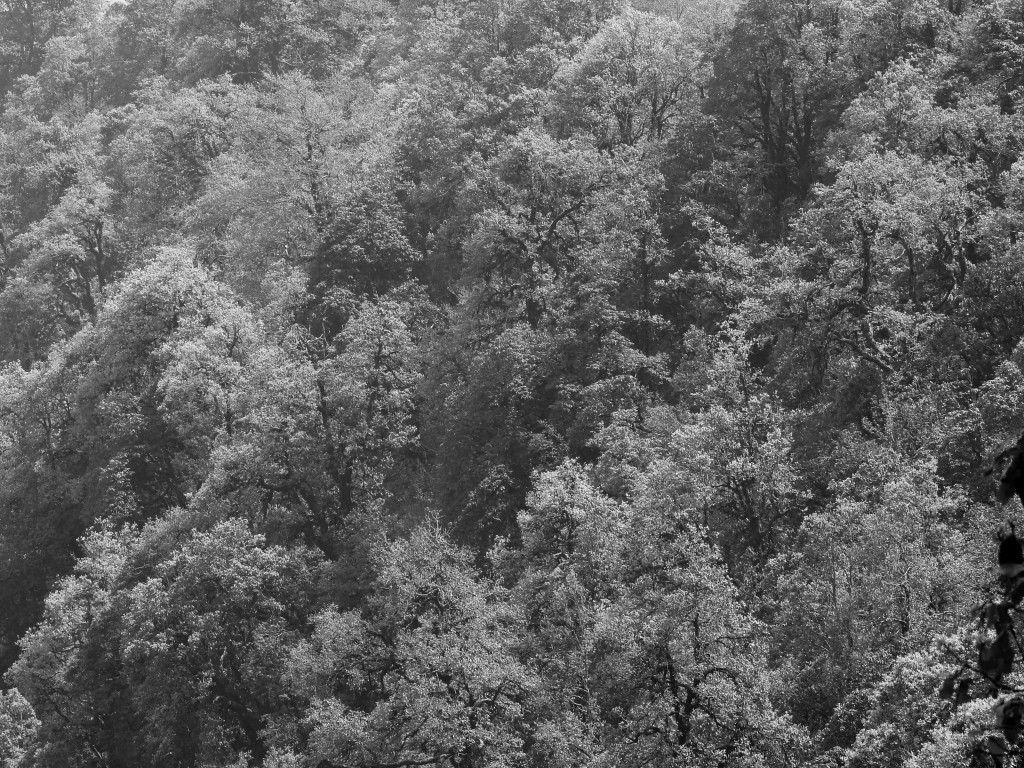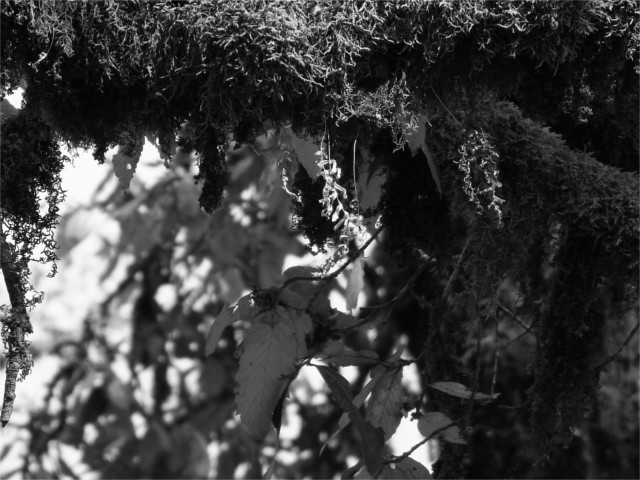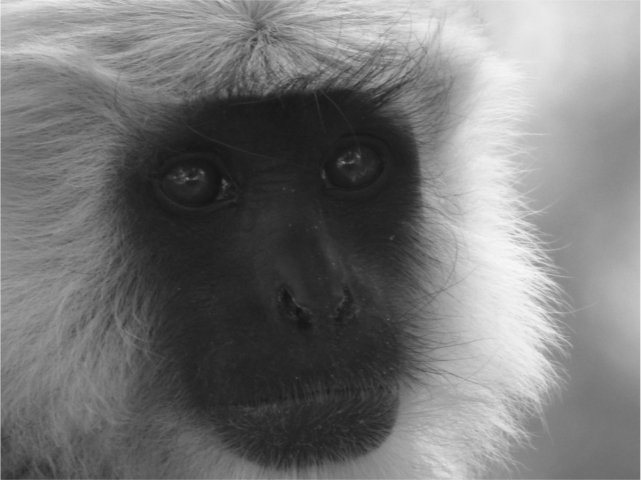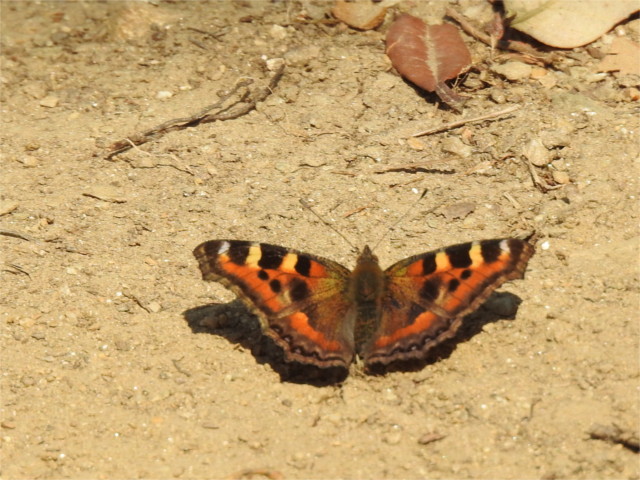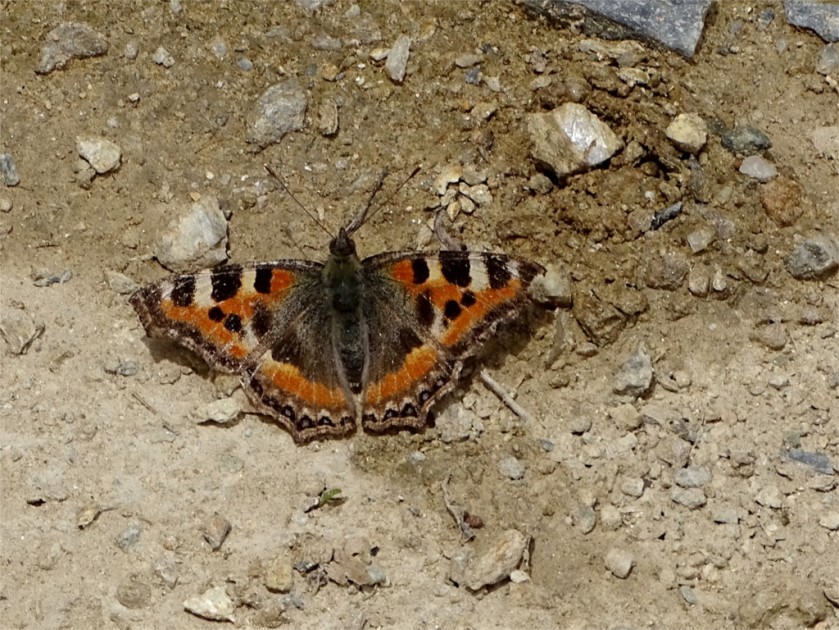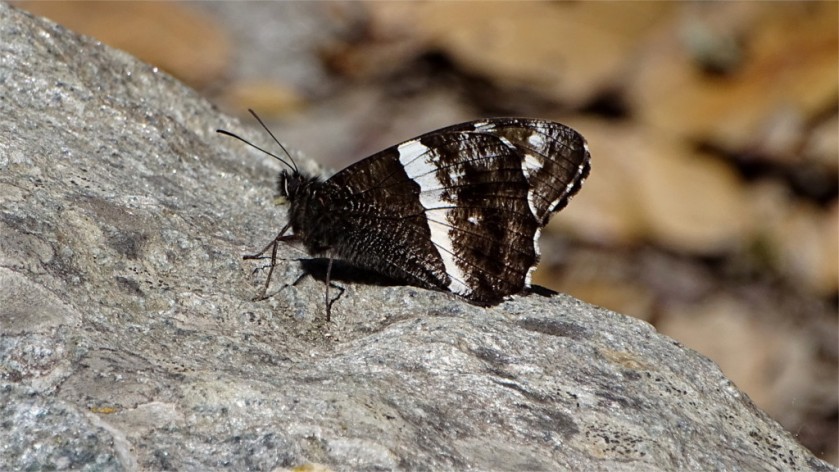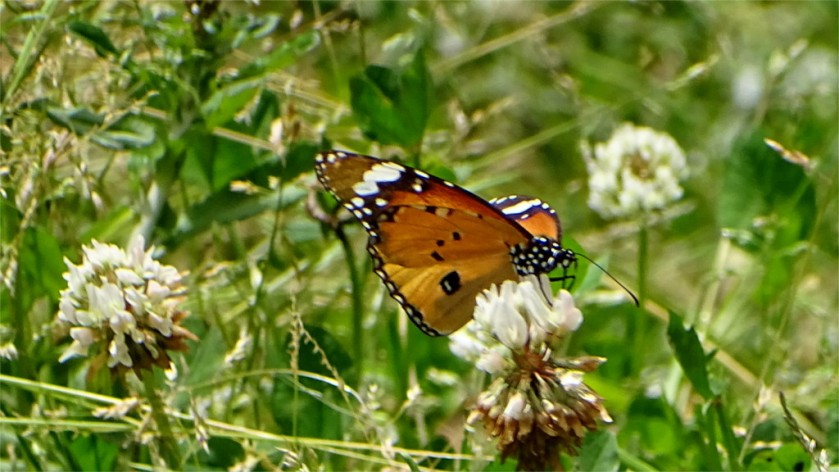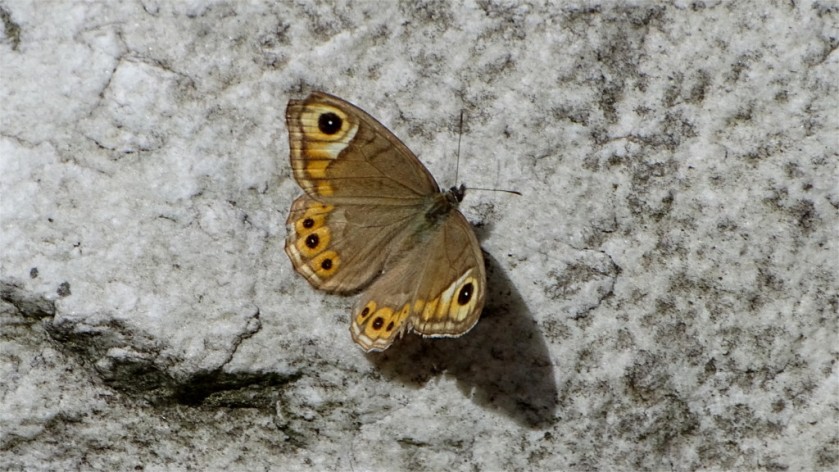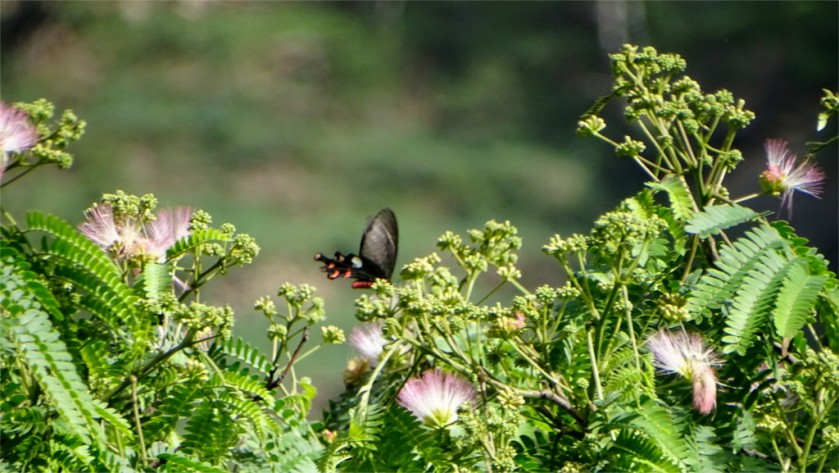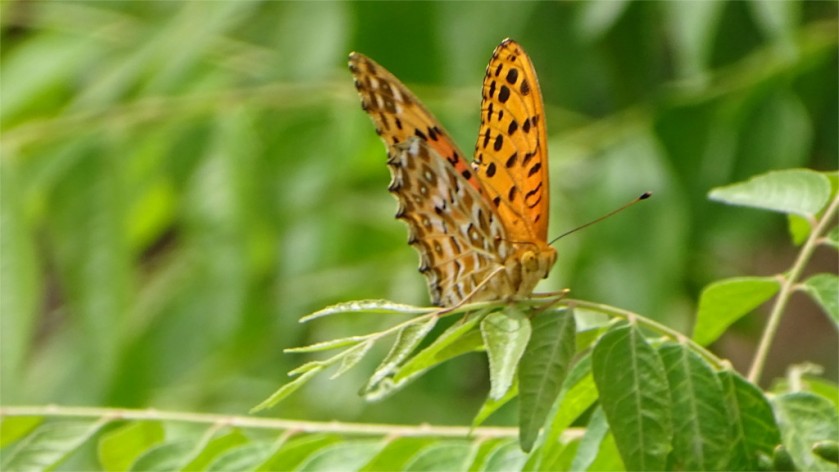You don’t get to do the same walk twice. So, although this is a walk I’ve written about earlier, I’m doing it again now in monochrome, and the featured photo is one example of this reworking. I’d posted a colour photo earlier. Although I like that more, I’m not unhappy with this version. It kind of fits the slowly fading memories I have of the walk. And there is also a sort of shadow, a memory of a memory of a memory of an earlier walk along the same route in colder weather.
This part of Binsar National Park is a mixed oak-rhodo-pine forest, in a dynamic dance with pine grasslands on other slopes. My understanding of their interactions has certainly improved since I last wrote about this walk. I should really go back now and correct my earlier post. Although these pine grasslands are much maligned by local ecology activists, there is increasing scientific evidence that the politics is based on early twentieth century understanding that may need to be revised. The mixed forests are not more bio-diverse, they are only more full of larger animals. Slopes full of pines are very photogenic. Experimenting with monochrome, I found that long shots of these mixed forests are also turn out well. The white undersides of the leaves of Himalayan white oak (Quercus leucotrichophora) reflect light very well when a breeze moves them.
I’d stopped many times to take photos of the butterflies sunning themselves on the path. Fallen oak leaves spotted with mould in the dappled light which filtered through the canopy presented an interesting challenge in monochrome conversion. I like the way the butterfly appears slowly as you look at the photo above. This is the mountain tortoiseshell (Aglais urticae), which is easier to recognize in a colour photo I’d posted before.
Oak trees support a lot of other plants and fungi which feed on them. These ferns, mistletoe, orchids, and lichens and fungi catch light in different ways. As a result, oaks are great subjects for close up photos. I love them in colour, but I’m not unhappy with the wide variety of shadows I see in the photo of above. I think I’ll have to keep that in mind for the future. I’m sure there are wonderful opportunities for more monochrome photos lurking in these forests.
I can’t leave this place without saying something about the mammals which live here. I never managed to photograph the quick yellow-throated martens which run through these jungles, but the band of Nepal gray langur (Semnopithecus schistaceus) which I saw here waited long enough for me to take photos. I’ve posted a colour photo of the individual you see here earlier. I think she looks equally elegant in monochrome.

